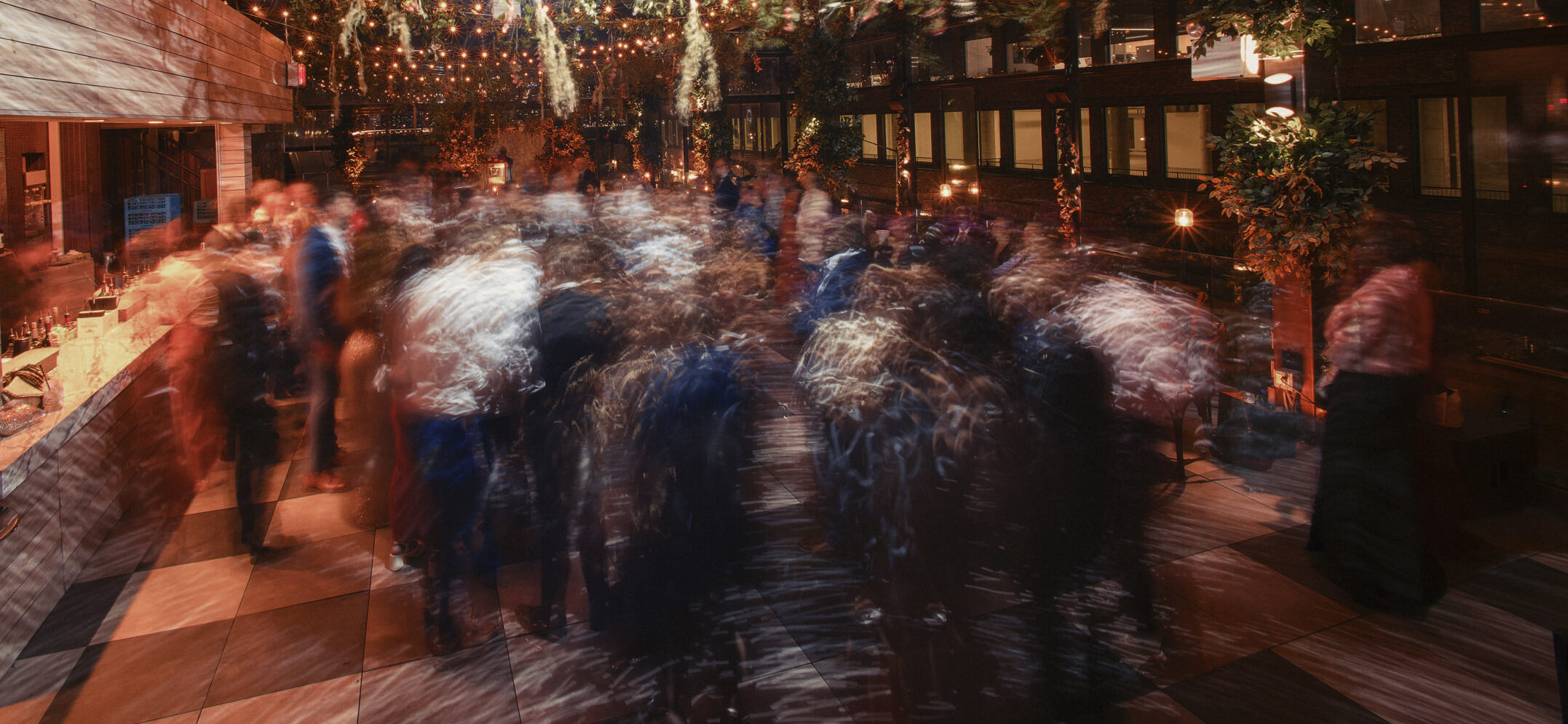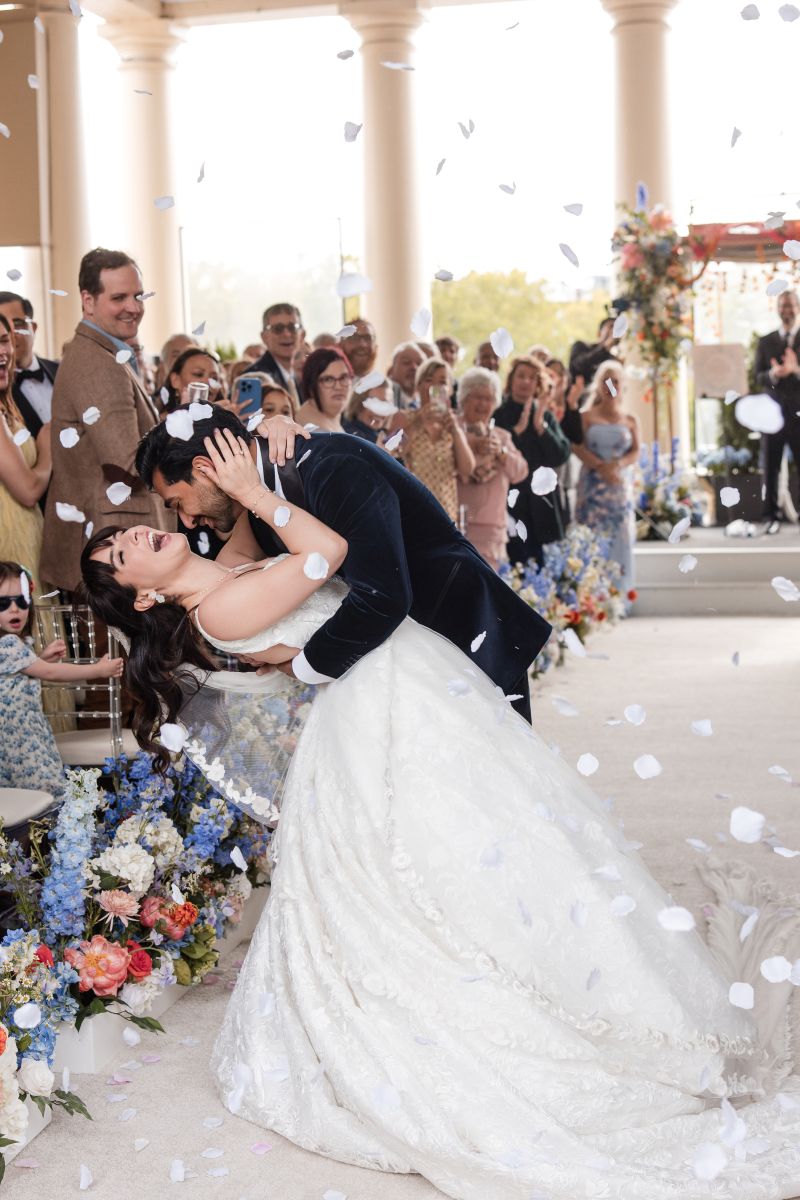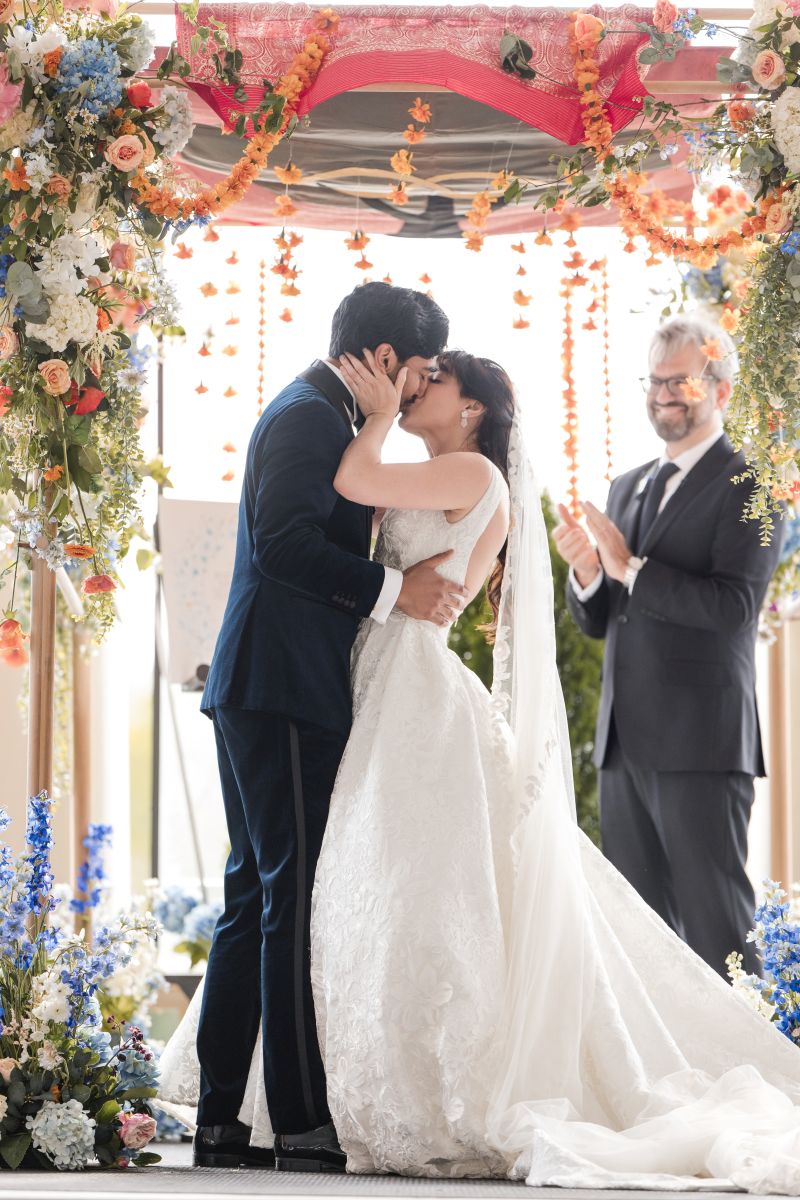Every wedding I photograph looks different. The schedule, the setting, the energy, the light—none of it repeats. Some days begin at sunrise in a hotel suite. Others start mid-afternoon in an apartment or behind the scenes of a venue that’s still being set up. A planner tightly scripts some timelines. Others come straight from me, built around where the light will be and how the couple wants to move through the day.
What follows is just one version of a ten-hour wedding day. It includes a first look, all portraits finished before the ceremony, and a whole evening of celebration. If you’re working with me, your timeline may look similar or completely different. Either way, I’ll help build something that works for you, for the space, and for the way the day actually feels.
Pre-Wedding: The Morning Before It All Starts
Before I ever pick up a camera, I start the day by checking every part of the plan. I go over the timeline. I check MTA service changes or parking restrictions near the venue. I examine the light at each location and mentally walk through the flow, considering where preparation will take place, where portraits will begin, and what the ceremony layout will look like.
I charge every battery, clean every lens, and repack everything in a specific order so I know where each item is during the day. Even if I used the exact same gear the day before, I still run through it all again. I back up your pre-wedding questionnaire, family shot list, and planner’s notes to my phone, my laptop, and a printout in my bag.
I leave early. Always. If it’s a noon start time, I aim to arrive by 11:30. I plan for buffers around potential subway delays, road closures, or a last-minute location change. The only way to be calm when things shift is to be prepared for them.
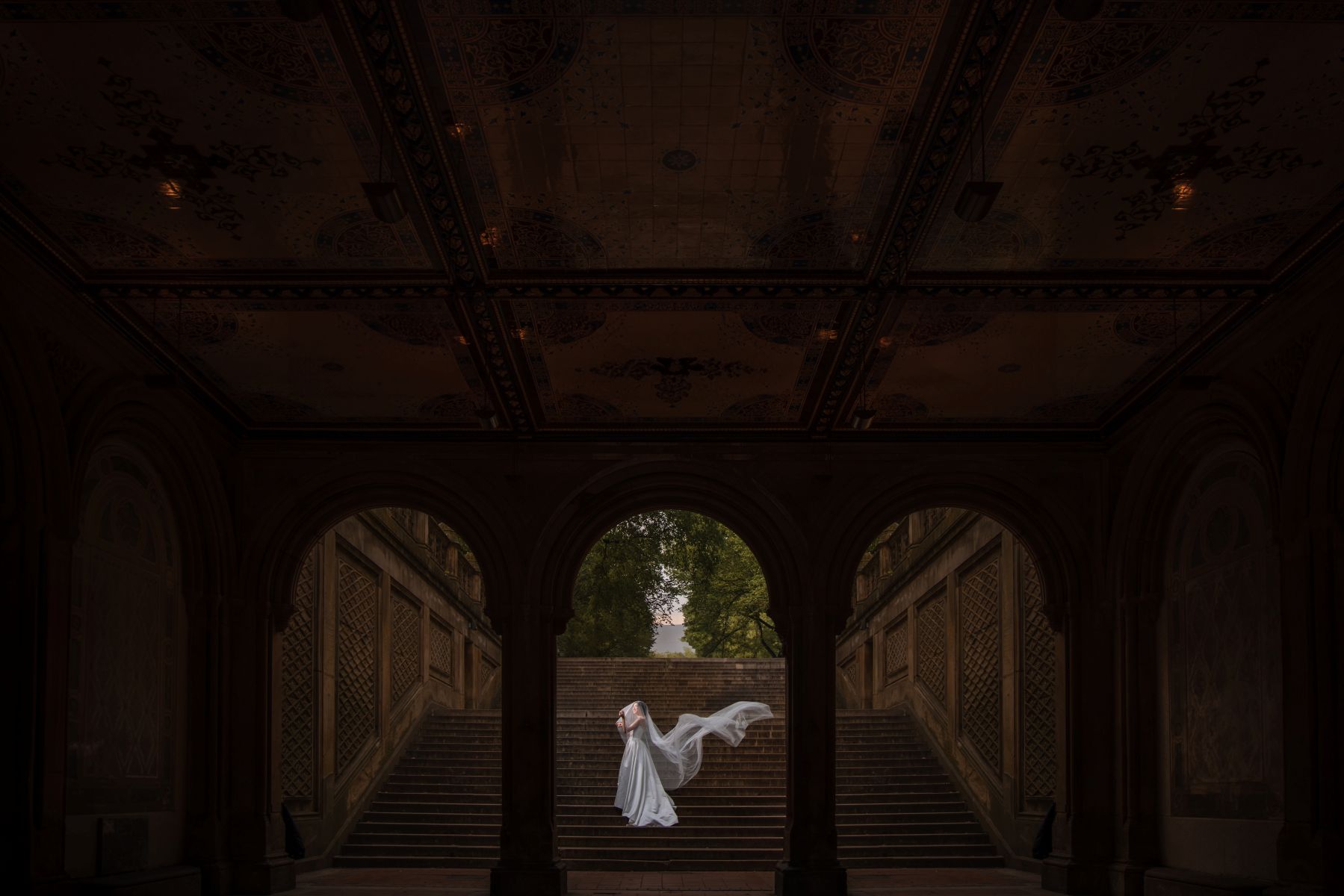
12:00 PM — Arrival and Getting Oriented
When I arrive, I don’t start shooting right away. I introduce myself to everyone in the room, find a spot to store my gear, and take a moment to get a feel for the space. I walk through the room to find the best place for the light, turn off any overheads that cast odd shadows, and make small adjustments to clear clutter out of the frame.
Once I’ve set my footing, I start with the details—your wedding clothes, accessories, rings, stationery, and any meaningful personal items. I’ll often use whatever is around for these flatlays: a windowsill, a table, the bed, or even the floor, if it provides the right light.
During this time, I’m also documenting the room as it is—hair and makeup finishing touches, friends moving around, music playing, conversations happening at the edges. The images I make here aren’t just prep photos. They’re the start of your story.
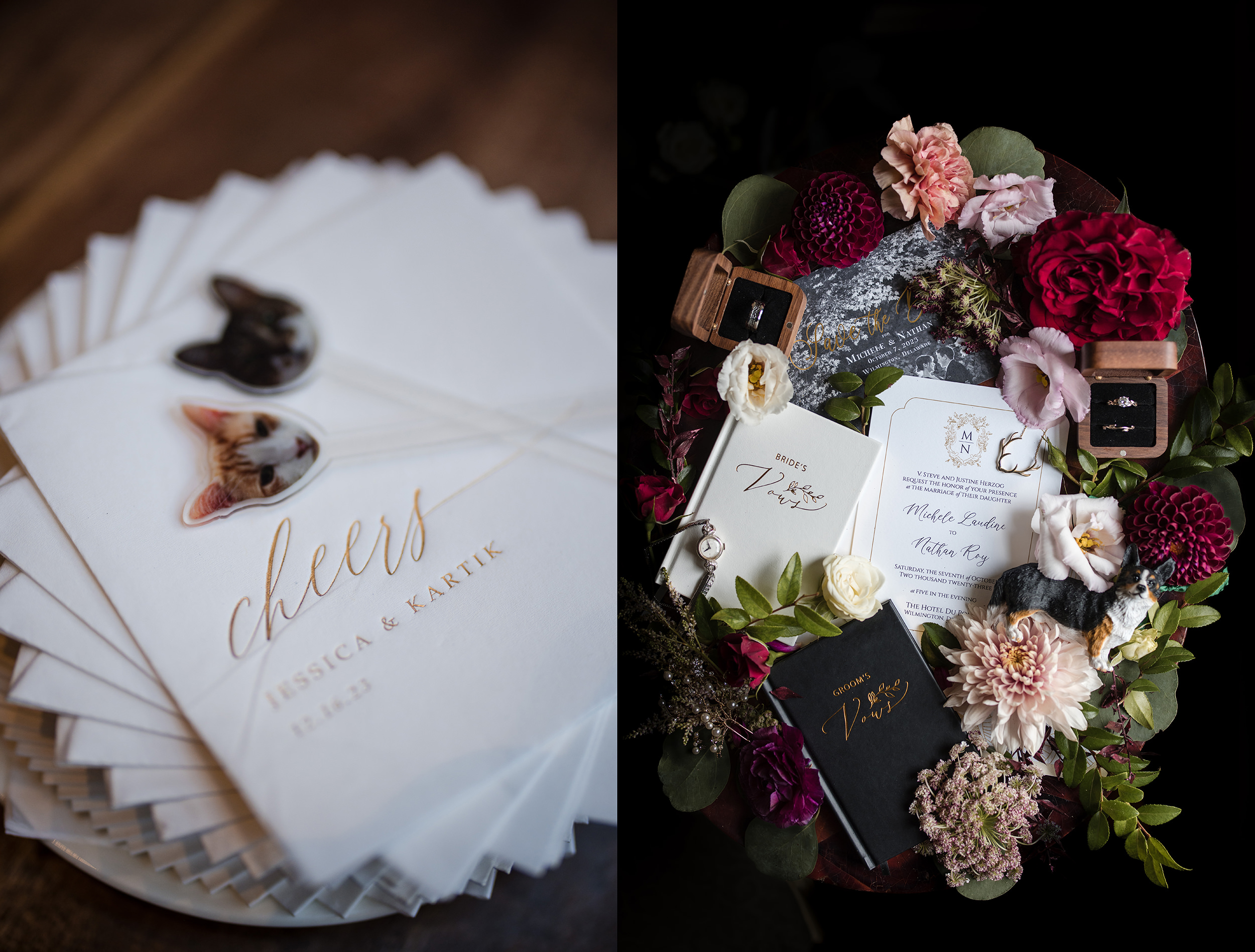
1:00 PM — Getting Dressed and Portraits in the Prep Space
This part always moves faster than expected. I guide you toward the best window light and help arrange the moment so it feels natural. You might be getting dressed alone or with help from friends or family. I stay close enough to document it clearly, but not so close that it feels staged.
Once you’re dressed, we’ll take a few clean portraits—just you, standing or seated in the light. These aren’t meant to be formal or stiff. They’re quiet portraits that hold space for everything that’s about to happen next.
If there are parent or sibling moments to include here, I will photograph those next. Then we head to the first look.
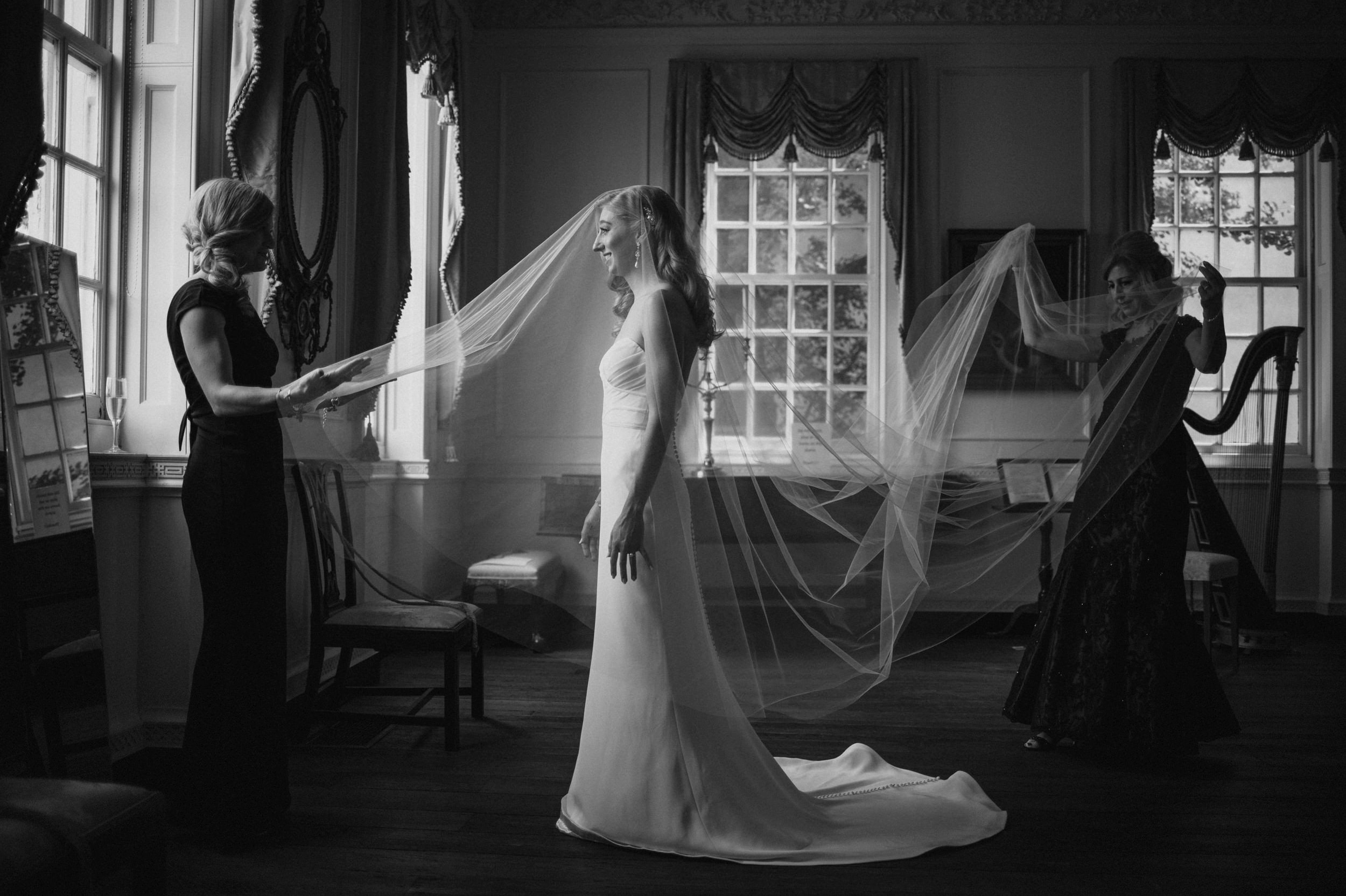
2:00 PM — First Look
By this point, we’ve already chosen the first look location. It’s somewhere with good natural light, privacy, and enough room for both of you to feel at ease.
I walk each of you into place, explain where to stand, and guide you through the approach. Then I back up and let it unfold. I want the moment to belong to you, not the camera.
After the first look, we stay in the exact location or move straight into portraits, depending on the light and timing.
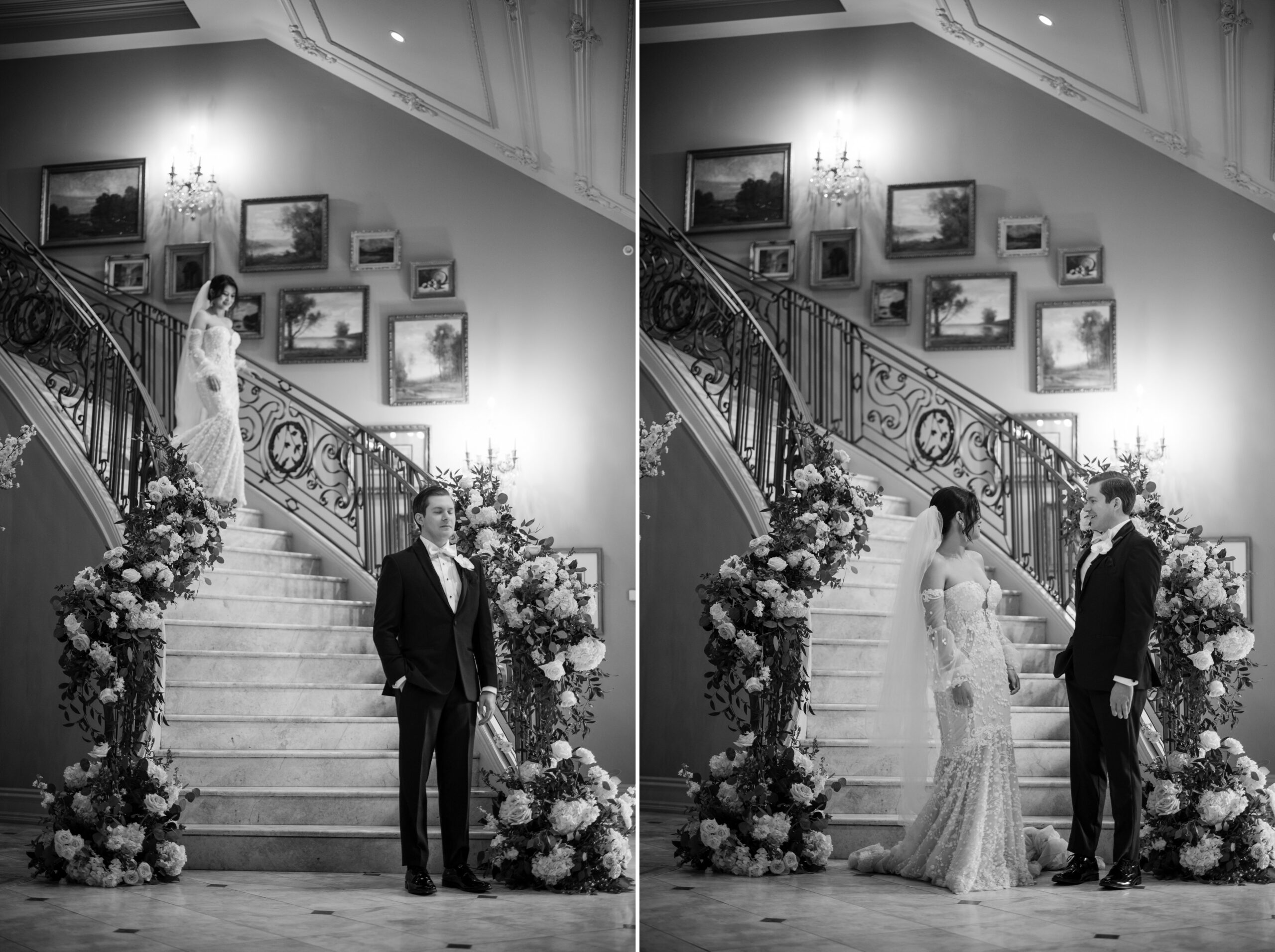
2:30 PM — Couple Portraits
We usually spend 30 to 45 minutes on portraits of just the two of you. If we’re moving between locations, we account for travel time. If we’re staying in one area, I’ll map out a few different backdrops—soft light, clean architecture, trees or texture, whatever works best with your style and wardrobe.
I don’t overpose, and I don’t ask for anything that feels performative. I give just enough direction to help you feel grounded and connected. The rest of it comes from being present.
This is often the only time in the day you’ll be alone together. I make space for that. If you want to walk slowly or take a break, we do. There’s no pressure here. Just movement, light, and time.
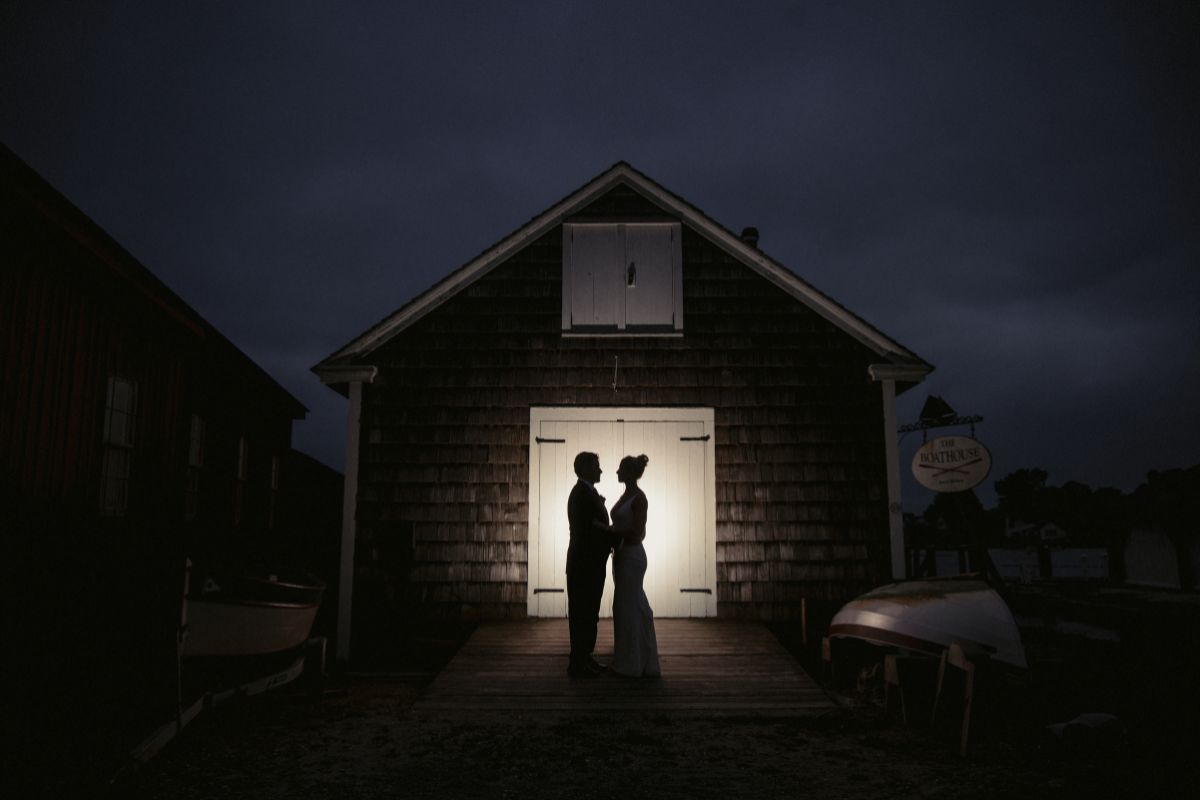
3:15 PM — Wedding Party and Family Photos
We bring in your wedding party next. I work quickly and intentionally, moving through full group shots, smaller combinations, and individual photos. I make sure the photos feel clean and intentional, but never rigid. If your group is playful, we lean into that. If they’re more reserved, we keep things efficient.
Family photos follow. I’ll have the shot list you gave me, organized in a way that minimizes movement and confusion. We do the formal groupings first, then—if there’s time—I’ll suggest some more candid or relaxed frames.
This section typically takes around 45 minutes, sometimes less. I want your family to feel seen, not stressed.
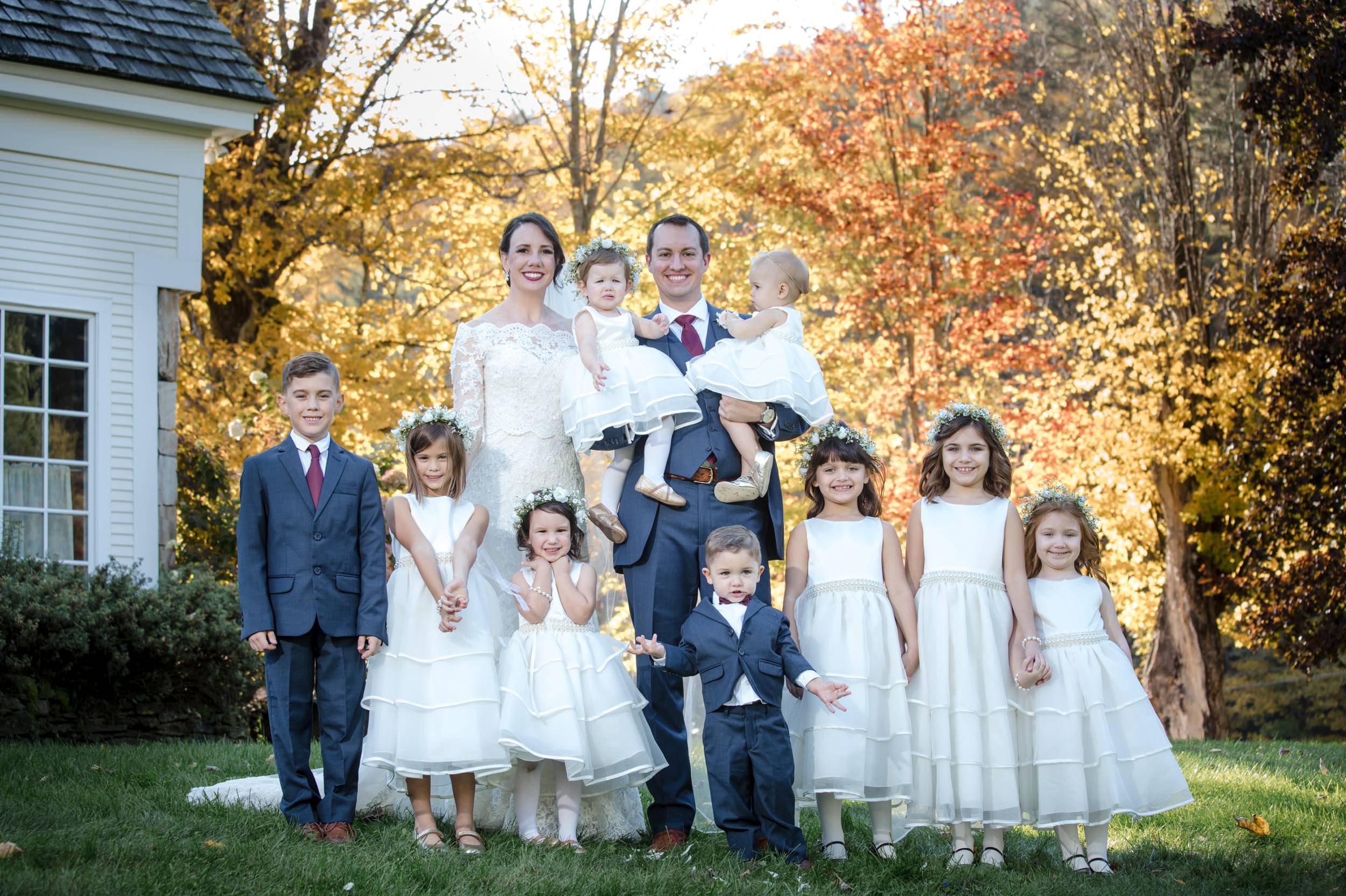
4:45 PM — Downtime and Final Setup
Once portraits are finished, you get a break. You might change clothes or shoes, refresh your makeup, eat something, or sit in silence for a few minutes. I take this time to photograph the ceremony space, reception room, guest arrivals, and final decor touches. I test the lighting again and check in with the planner or coordinator one last time.
5:30 PM — Ceremony
I’ve already scouted the angles. I know where to stand and where not to. During the ceremony, I work quietly and move with intention. I’m watching for reactions, light changes, hand squeezes, and deep breaths. I photograph the obvious and the subtle.
If your ceremony includes cultural or religious traditions, I ensure that I understand them in advance so that I can document them respectfully and accurately. My goal is to show what it felt like, not just what it looked like.
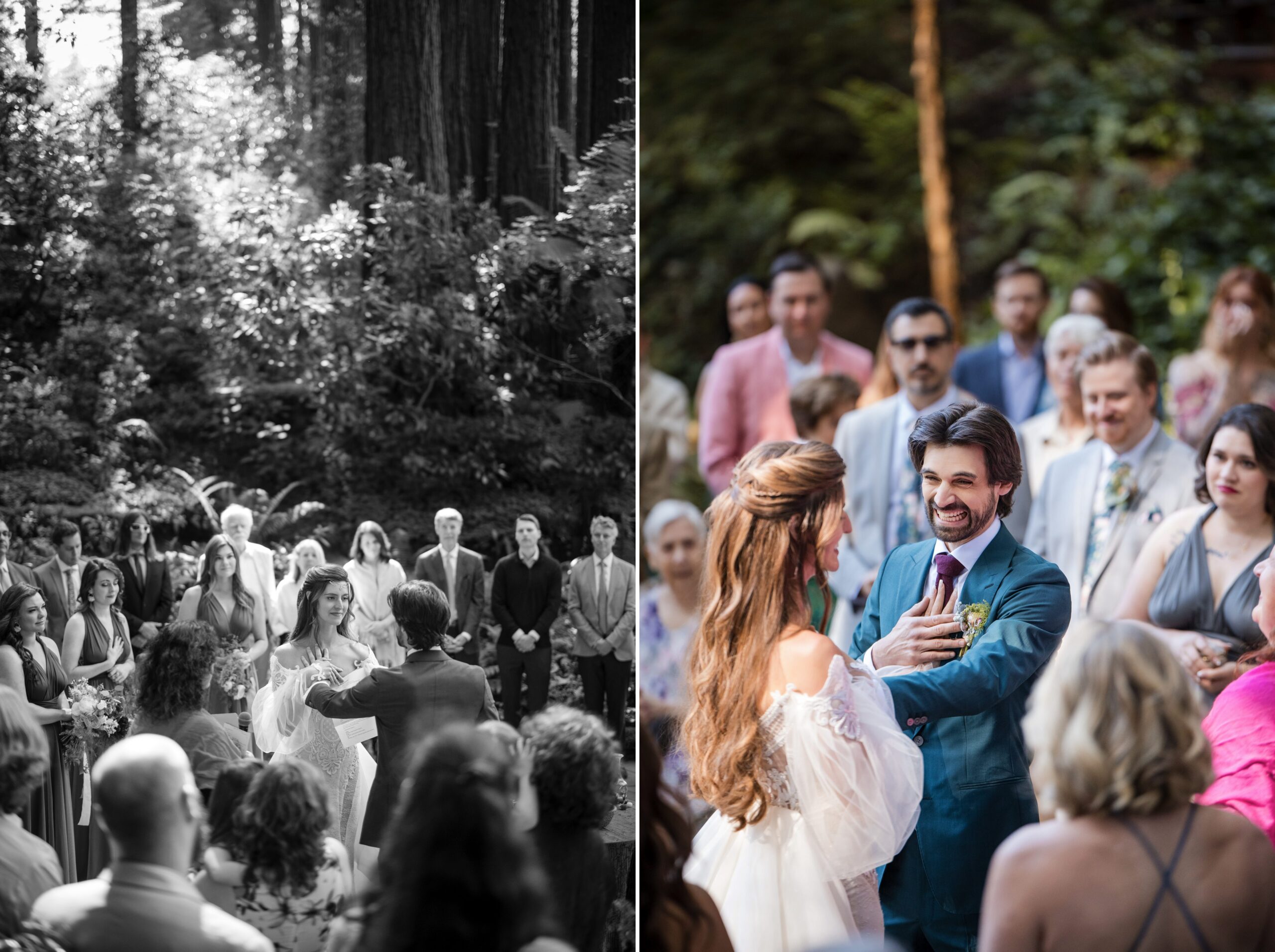
6:15 PM — Cocktail Hour
Because portraits are done, you get to be part of this. I’ll move through the crowd quietly, documenting candid moments, greetings, drinks being poured, and conversations that unfold naturally.
I also photograph the untouched reception space during this window, especially if the light is changing or candles have been added. If there’s a pocket of great light nearby, I may suggest a quick two-minute portrait. Otherwise, I let the hour unfold as it’s meant to.
7:00 PM — Reception Coverage
Once you enter the reception, the structure usually shifts. There are formalities—dances, toasts, cake cutting—but also long stretches of unplanned time. I move through the room, anticipating rhythm and watching for change.
First dances are usually lit with on-camera flash or video light, depending on the venue. Speeches are photographed with a focus on both the speaker and your reactions. Once the dance floor opens, I get close, step back, and layer the movement to tell the whole story.
If the light changes—if candles are lit, if the room shifts—I document that too. Receptions aren’t just one long party. They’re full of tiny shifts, and I’m always watching for them.
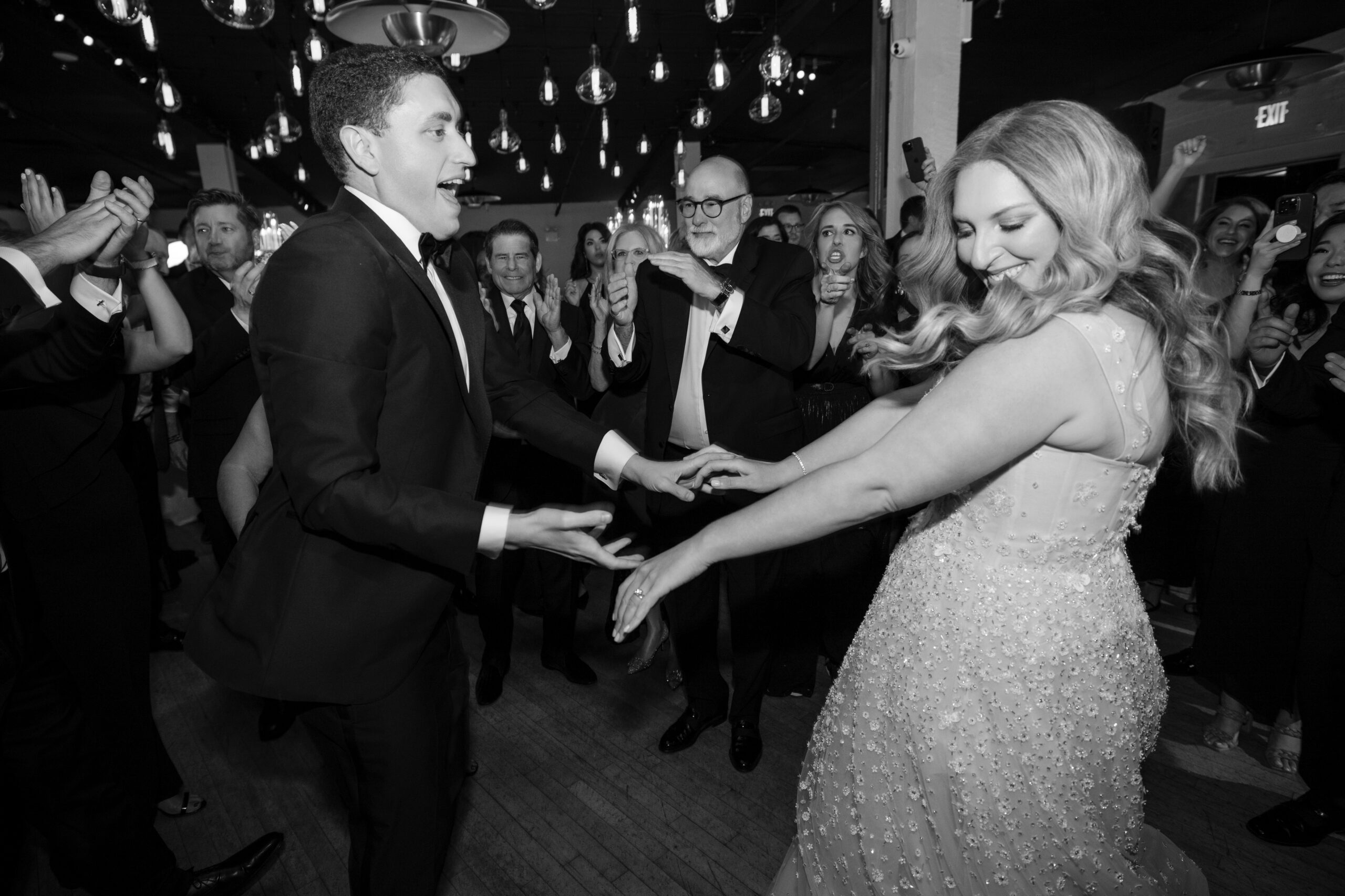
10:00 PM — Wrap and Backup
When it’s time to wrap up, I’ll check in with you or your planner to ensure we’ve covered everything. Once I get home, I’ll back up your files immediately. Everything is stored on multiple drives and in cloud storage. That happens before anything else.
Only once the images are backed up do I begin the culling and editing process. The story has been photographed, but the work continues.
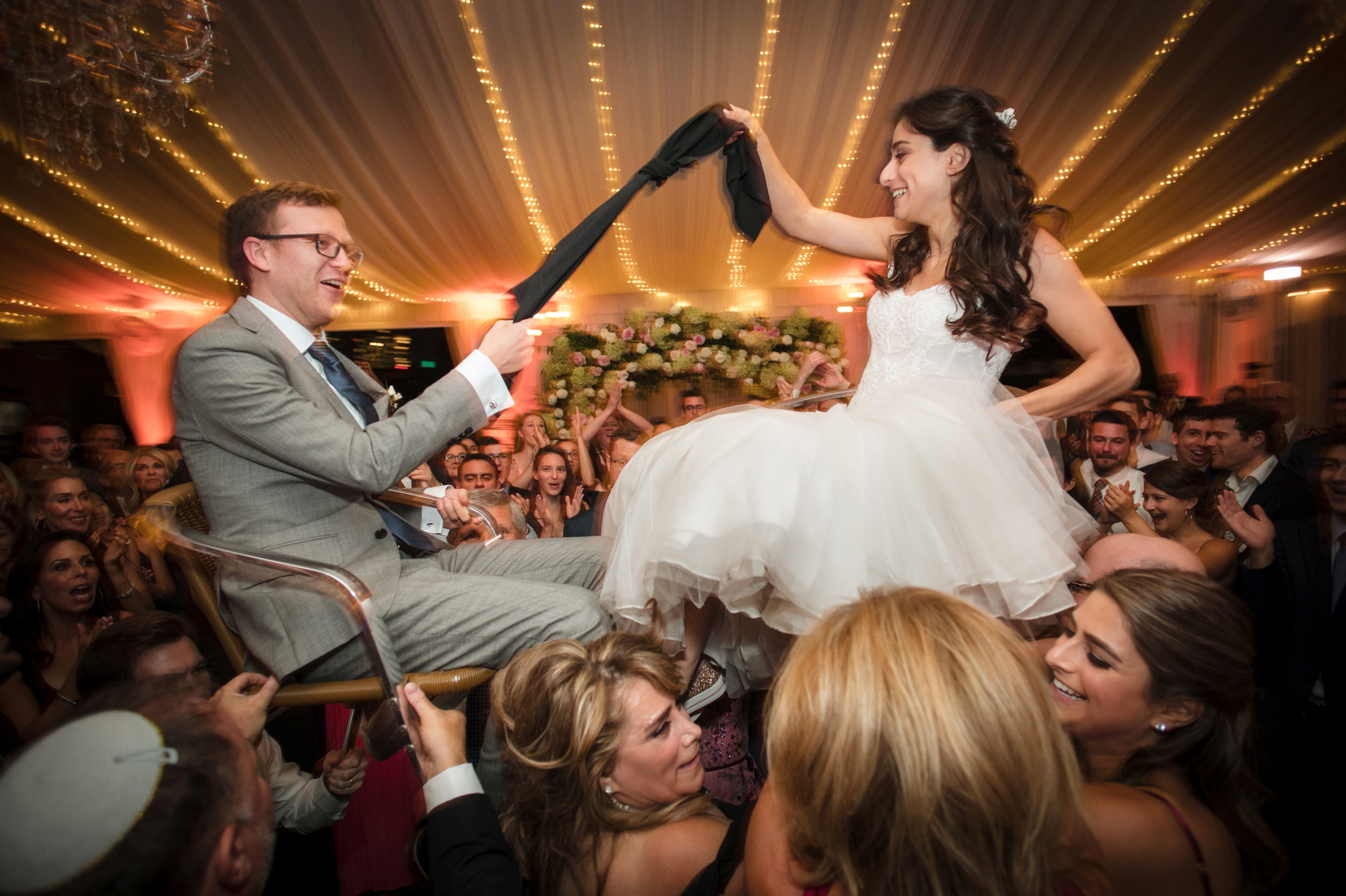
This Is Just One Version
Some weddings start in the morning and end before sunset. Some begin late and run until 2 AM. Some include multiple ceremonies, outfit changes, or venue moves. This is just one shape a day can take. The timeline we build for you will be different.
I work closely with your planner—or build the photography flow myself—to make sure we’re not rushing the parts that matter. Every wedding is custom. Every timeline is built around light, logistics, and you.
What stays constant is this: I arrive early, I’m prepared, and I work with intention from the first frame to the last.
